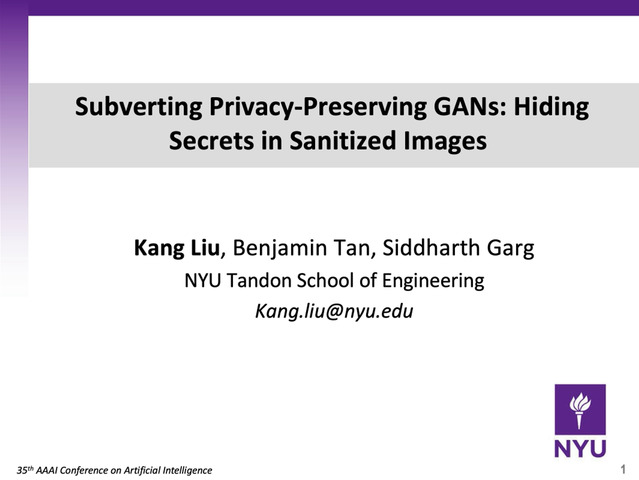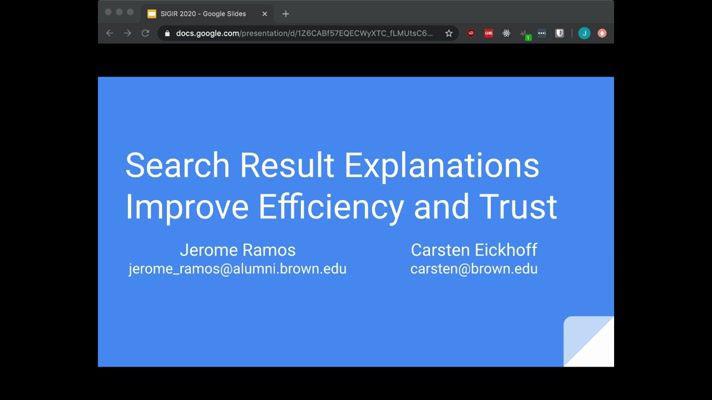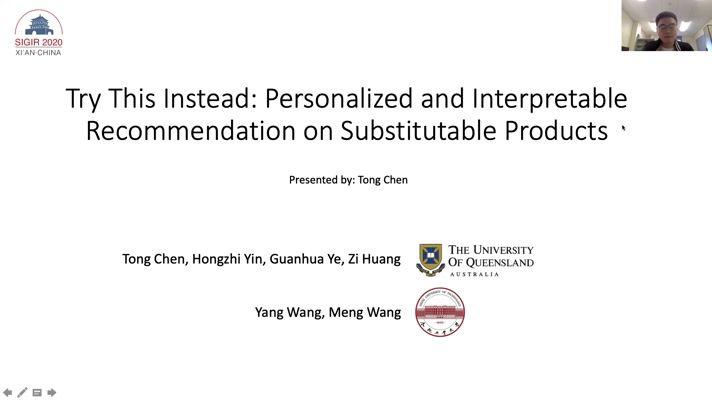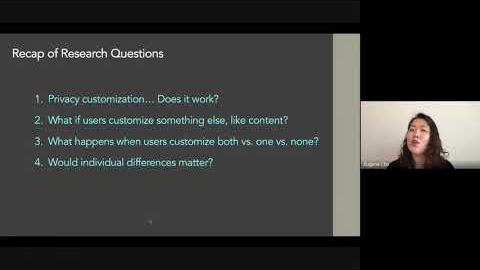Abstract:
When people sign-up to new online services, privacy notices are the initial means by which data handling practices are communicated. Yet, their design seldom ensures users' privacy comprehension or provides people with privacy choices, resulting in negative feelings associated with the sign-up process. In this paper, we investigate how to improve privacy notice design to enhance privacy comprehension and control, while inducing more positive feelings towards these notices. In an online experiment ($N=620$), we examine the factors of curiosity, privacy concerns, trust, and time. We study how these factors and visual designs of notices (framing and control) influence privacy comprehension, intention to disclose, and affect (negative-positive). Our results show that, depending on an individual's level of curiosity, control can influence privacy comprehension, disclosure, and affect. We demonstrate that affect moderates the relationship between privacy concerns and disclosure. We elaborate on our results, highlighting how privacy notices that activate curiosity and provide control, could enhance usability and strengthen privacy-conscious behaviors.









































